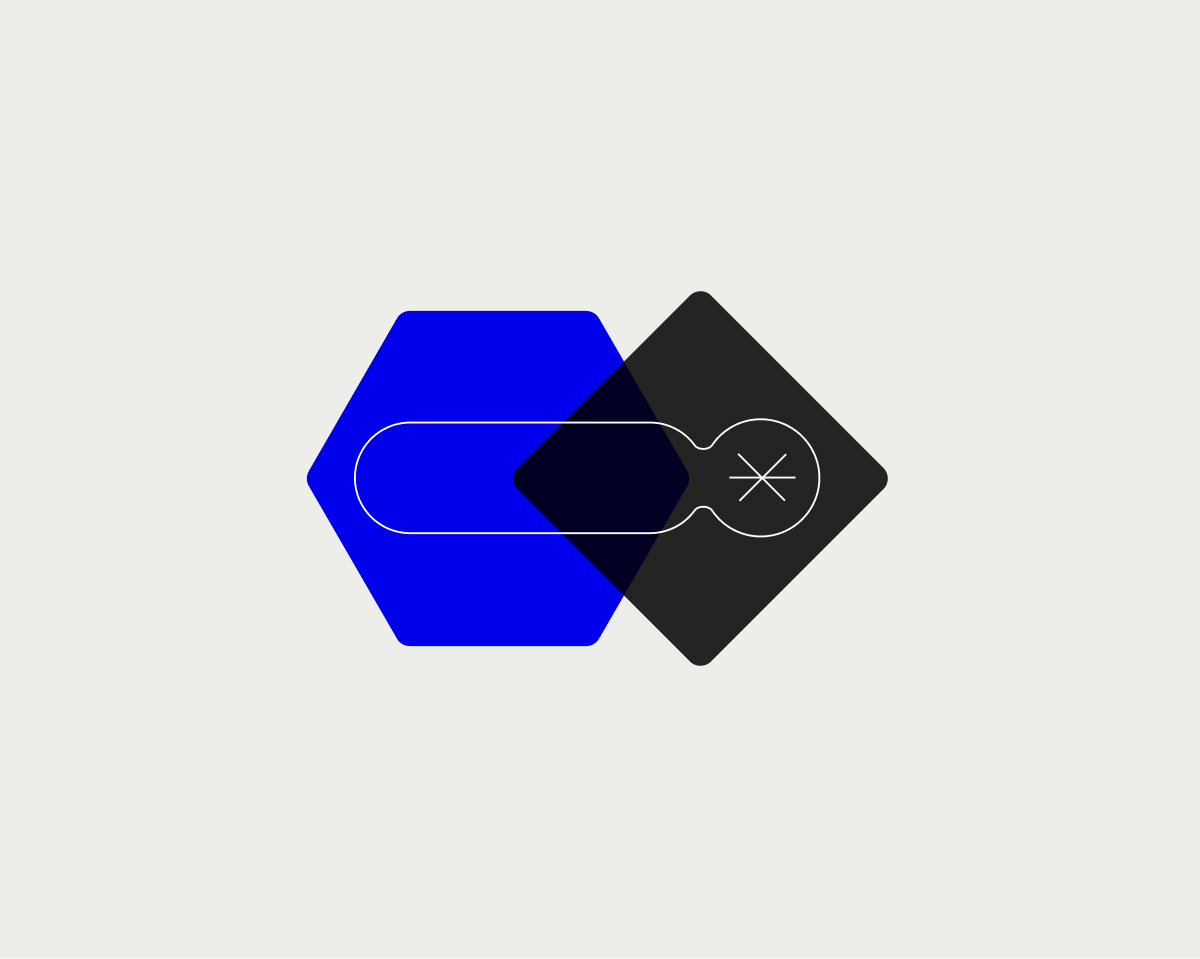I’m aware that many of us think our labor is important, even essential.
Often, we believe that what we choose is what we are and that it’s the best for the world. I think that way about Design. I believe it matters, not because I see it as a profession, but as an activity whose results can be truly negative if not done consciously and responsibly. At the same time, it can solve every problem the people and organizations face, especially in this moment of worldwide digital transformation.
Everything that works poorly does so because it was designed poorly. Whether it’s mobile apps, appliances, companies, customer services, your banking app, the building where you work, the educational systems that shaped you, government initiatives, or even democracy itself—when they fail and affect you and others, they do so because they were consciously or unconsciously designed with flaws and errors. If so, they need to be repaired or redesigned.
People are constantly designing. Some do it in a basic, almost primitive way, while others are so skilled that not only do they make a living from it, but they also shine and share fame with a few others in their field.
People are constantly designing. Some do it in a basic, almost primitive way, while others are so skilled that not only do they make a living from it.
The difference between these worlds is that a professional, among other things, usually has preparation, process, experience, and an awareness of what they are doing. They tend to research, have prior information, try to understand the field they are about to work on, know who their project is directed to, and frequently understand the consequences of doing a poor job.
We design, we create things, activities, businesses, food… We just don’t call it design. We do it when we organize a party or our vacations when we decorate our homes, when we reorganize our offices, when we have a business idea we want to launch with someone else, when we decide whom to hire or fire, or in the case of politicians, when they decide where taxpayer money will be invested… In all these cases, we embark on a process, a chain of decisions that will have a result and impact on those related to it.
That’s what designing is, in my view—a continuous and related decision-making process that aims to address a specific problem or problems to resolve them and generate a positive outcome for the involved parties.
That’s what designing is, in my view—a continuous and related decision-making process that aims to address a specific problem or problems to resolve them and generate a positive outcome for the involved parties.
The problem is that when people design, they often underestimate the impact of what they are doing, especially the negative impact. We rarely think in terms of consequences. We get excited about the idea, believe in the intention, marvel at the journey… We seldom stop to ask ourselves questions like: What’s the worst that could happen if what I’m doing fails? Who will it affect? How? What will that impact look like?
I believe that the time we live in is a time of consequences of poor design, at least poor or maybe obsolete design. It doesn’t matter who or when—things were simply designed poorly, but the worst part is that it’s still allowed to function that way.
The asymmetry of responsibility
Much has been said about Cambridge Analytica and how this company used Facebook to help Donald Trump become President of the United States, deceiving and manipulating the American people through fake news (see Netflix’s The Great Hack).
Cambridge Analytica was designed to influence the voting decisions of the United States (and in Brexit), but if the social network served as a channel for the current President to deceive part of a country and win the 2016 presidential election, it’s because Facebook was not designed well. However, it also seems true to me that if democracies allow someone like him to dominate the most powerful country on earth, perhaps democracy itself was not designed well either.
We are surrounded by systems that frequently fail, especially when it comes to being the firewall against threats to us. That’s the worst part—when in the face of negative impact, responsibility is also avoided. That’s when the damage doesn’t stop.
Both Facebook and Twitter consciously allow Trump to use them as a means to harass and lie to half the planet. If they took action on it, how much harm and tension would they be avoiding?
Another example is the media. They frequently present themselves to us as “the messenger,” those who bring news and facts. A simple intermediary between the world’s events and us, claiming to maintain an aseptic and neutral position.
Nothing could be further from the truth. The work of the media, run by people, as is normal, with personal and business interests, is to produce vast amounts of content where they can place advertising space. More content, more visits, more advertising, more money—and up to that point, everything is legitimate.
The problem is that this content can influence the ideas, beliefs, moods, and decisions of multiple people and often not small communities.
The oft-repeated axiom is “The public has the right to be informed.” That may be true—yes, informed; influenced, frightened, manipulated in a biased way (often intentionally), and less so in exchange for economic gain, perhaps not so much. If not, why include opinion articles or programs? Why repeat terrible news day after day? Why have an editorial line?
In many Western countries, it’s easy to read or watch two different media outlets and witness completely different realities. Realities that are further polarized on social media, thanks to algorithms that decide for us what we “want” to see, which is usually what is related to our convictions, removing the reality of “the others” from our path.
In my view, it’s a debate that has barely opened, or at least not as publicly as I think it could be. It’s about the responsibility for the consequences of what they produce, which touches people’s lives whether they like it or not, accept it or not, and which also creates an asymmetry in risk: I produce something whose consequences others pay for.
There are certain professions with no margin for error: architecture, medicine, aerospace, or naval engineering, among many others, because a mistake can mean people’s lives.
But we rarely demand the same degree of responsibility in other trades, and while it’s true they might not involve deaths, they can have other types of impacts. Just think, when someone hires us to define a strategy or shape the digital products of their company or any other service, they are putting part of the future of their business, their employees, and probably their own in our hands. Why should we demand less of ourselves?
No profession should be exempt from assuming responsibility for what they produce, and it’s common to see politics, banking, the press, and even the film industry living unaware of the consequences of their decisions, ideas, and creations.
Change Comes through responsibility
Understanding how our work impacts others radically changes how we make decisions. A politician who sends soldiers to war does so without taking responsibility. If he had to go to the battlefield, as many military leaders did in the past, he might think twice. The risk is not the same, nor are the possible consequences. Assuming the consequences as one’s own involves a different way of deciding, on the building.
If there is a way to change things, if there is a power to change everything, it is this: becoming aware of the impact and power of what we are producing. Taking consciousness and action on what is not right and working to change it, no matter the cost, to make it function properly.
It’s binary—you either add to what works well, or you add to what works poorly.
It’s time to fix things. It’s time to fix systems. It always is. And it’s us, our teams and colleagues, through our decisions and what we produce, who can start doing it.
Design matters as much as any other profession. But it matters more than ever because design is about solving people’s and companies’ problems. It’s not about creating beautiful things hoping for admiration. It’s about getting involved, getting your hands dirty, and often getting frustrated trying to make entire departments, bosses, companies, colleagues, and competitors part of something that, deep down, we know matters more—much more than making money.
Designing is about changing status-quo, and often the one who breaks the wall takes the hardest hit. But there’s no excuse anymore. We all know the frustration caused by poor service, bad products, bureaucratic inefficiencies, unlivable cities, safety issues, injustice, gender violence, racism…
There is much to redesign, and much work to do. Choose your battle, from your trench, from your position, and ask yourself: What’s the worst that could happen if what I’m doing fails? Who will it affect? How? And above all, What can I do to solve it? Am I willing to make that effort?
You are responsible for what you do, for what you produce, for what passes through your hands.
Aitor González, founder at bettter.
You are responsible for what you do, for what you produce, for what passes through your hands. Whether you like it or not, you’re there to make it work properly for those who use it, to make it useful, to add value, and above all, to ensure it doesn’t cause harm.




